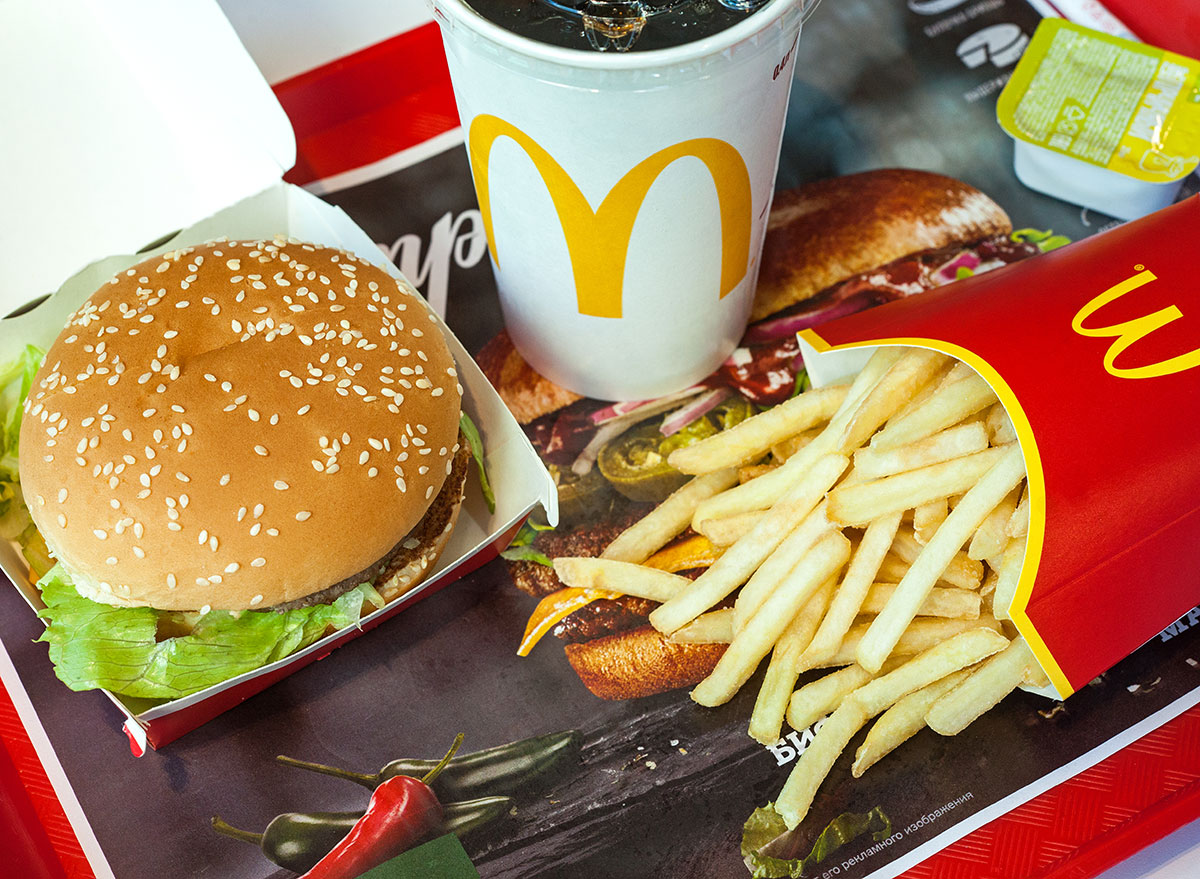

Due to their relatively higher standard of living, which is paid for through higher wages and taxes, many commodities and services are priced much higher, and Big Macs are no exception. Switzerland is an expensive place to live. If you guessed chocolate, you'd be wrong. Just why is a Big Mac so expensive in Switzerland? The answer just may lie in one of the things Switzerland is best known for. While the Big Mac can't provide a magical explanation of how the entire world economy works, it does provide a good foundation to begin investigating what's happening in a country's economy, as it has become a regular purchased commodity around the globe. I can hear The Hamburglar boarding the next plane to Kiev as we speak. On the other side of the spectrum, a Big Mac in Ukraine only costs $1.67. On the expensive side of things, a Big Mac will run you $6.82 in Switzerland. In the middle of the spectrum, we have the home of the Big Mac, the USA, where one of these iconic burgers costs USD $5.30.

The latest data from the Big Mac Index provides ample proof of that. Basically, the theory behind PPP is that, over time, the price of a given “basket” of similar goods in any two countries will tend to equalize - in this case that "basket" is a burger- and the more equalized the basket price is, the more parity between countries. The Big Mac Index was originally cooked up (yes, pun intended) as a generally good-natured way of comparing the Purchasing-Power Parity (PPP) of different countries. At least that was the idea The Economist magazine had when they introduced the Big Mac Index in 1986 to convey country-by-country consumer purchasing power. “ Raising the Federal Minimum Wage to $15 by 2024 Would Lift Pay for Nearly 40 Million Workers.” Accessed June 16, 2021.Yes, you read that right: The mighty Big Mac can tell us a lot about a country's economy. Accessed June 16, 2021.Įconomic Policy Institute. “ State Minimum Wages: An Overview,” Pages 6–8. Workers, Real Wages Have Barely Budged in Decades.” Accessed June 16, 2021.Ĭongressional Research Service. “ Consumer Price Index, 1913–.” Accessed June 14, 2021. PCE Inflation: Choosing a Standard Measure.” Accessed June 14, 2021.įederal Reserve Bank of Minneapolis. Accessed June 16, 2021.įederal Reserve Bank of St. “ Federal Individual Income Tax Brackets, Standard Deduction, and Personal Exemption: 1988 to 2021,”. Accessed June 16, 2021.Ĭongressional Research Service. “ Retirement Security: Alternate Price Indexes for Cost-of-Living Adjustments Present Tradeoffs,”. “ Latest Cost-of-Living Adjustment.” Accessed June 16, 2021. “ 2016 Social Security Changes.” Accessed June 16, 2021. “ Consumer Price Index Data Quality: How Accurate is the U.S. Bureau of Labor Statistics, Beyond the Numbers. “ Attachment F: Experimental CPI for Americans 62 Years of Age and Older.” Accessed June 16, 2021. “ R-CPI-E Homepage.” Accessed June 16, 2021. “ The First Hundred Years of the Consumer Price Index: A Methodological and Political History.” Accessed June 14, 2021. Bureau of Labor Statistics, Handbook of Methods. “ The Consumer Price Index: History and Techniques,”. “ The First Hundred Years of the Consumer Price Index: A Methodological and Political History.” Accessed June 16, 2021.

Bureau of Labor Statistics, Monthly Labor Review. “ Consumer Price Index: History.” Accessed June 16, 2021.


 0 kommentar(er)
0 kommentar(er)
